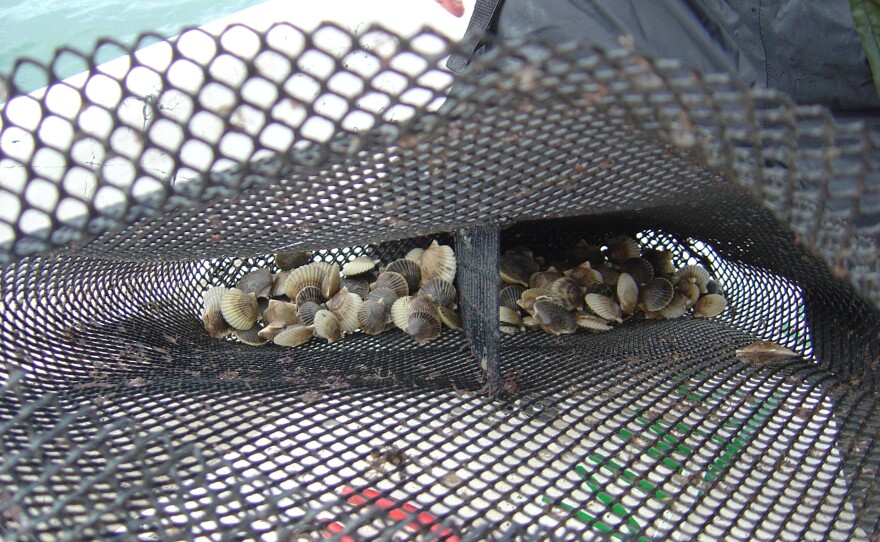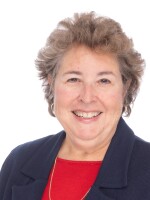Virginia was once a big producer of bay scallops, but around 1930 a disease hit the sea grass beds that were home to those shellfish, and in 1933, two big storms wiped them out. Today, scientists report early success in bringing the grass beds back – and with them, the scallops.
Thirty-eight-year-old Bo Lusk grew up on the Eastern Shore, hearing stories about scallops.
“My grandmother would tell me how when she was a girl there were scallop houses all over the place. Lots of people depended on scallops for a living, and in ’33 that all disappeared, and for the rest of her long life, she never saw a live scallop.”
Today, as a marine steward with the Nature Conservancy, he’s working to bring them back. (boat sound) The process began in 1999 --- collecting eel grass seeds from other areas, then planting them off the coast.
University of Virginia Professor Karen McGlathery has also been part of the restoration.
“The coastal bays, back in the early 1900’s and before were carpeted with sea grass, so the sea floor was just one lush meadow of sea grass (engine noise) Now we have over 4,000 acres of sea grass, so that’s like 3,000 soccer fields out here in ten years, which is really remarkable.”
Then, scientists here started cultivating baby scallops from North Carolina. Mark Luckenbach, with the Virginia Institute of Marine Sciences, says the process begins in a land-based hatchery.
“They’re about the size of the tip of a sharp pencil. They’re really delicate. They don’t like you to touch them.”
After six weeks, they’re placed in fine-mesh containers, in the ocean to spawn. Survival of baby scallops, even in nature, is rare, but a single scallop may produce ten million eggs each year, and about one in a million of those cultivated make it to adulthood. Bo Lusk and his volunteers have found their offspring as they gather sea grass seeds.
“All of a sudden we’re seeing scallops everywhere, and everybody stops collecting, so they can play with the scallops. They’re really cute little guys. They’ve got little tentacles that come out. They’ve got beautiful blue eyes. Sometimes you can get them to do tricks. If you put them upside down on the bottom, they’ll jump up and flip over right side up.”
It could be years before there are enough scallops to support any kind of industry, and – ironically – Luckenbach says we’ve lost the chance to dominate that market.
“The Chinese are the world’s largest producer of bay scallops, and in an interesting side note, that is based upon about 3 dozen scallops that they got from this laboratory in the early 1980’s.“
Chile and parts of Central American have also jumped into the labor intensive business of cultivating scallops, but Luckenbach sees a culinary niche for the Eastern Shore – fresh scallops on the half shell.
“You take the entire animal, either steam it or grill it. Instead of just the light sweet flavor of the abductor muscle, you get this very, very rich, flavorful taste that is often better served as an appetizer. The shelf life of the scallop, once harvested, is only about two days. We’re a half a day’s drive from New York, Philadelphia, DC.”
And regardless of market potential, Bo Lusk thinks scallop restoration is a good thing for the environment. Scallops are filter feeders, so they help clean water. Sea grass stores carbon from the atmosphere, and it’s nice to see nature in any form coming back.
“One of the most rewarding things about this project to me is that I can take my children – my two little girls – and when we go walking on the beach, looking at shells, and they pick up an old dead scallop shell, they know exactly where it came from. It’s neat that scallops aren’t just something that your grandmother told you about. For them it will be something that’s really here, and we’ll see what we can make of it.”
This summer, scientists spent three days surveying a single bay. They counted 30,000 large scallops and many more small ones again making their homes in the sea grass off the Eastern Shore.









